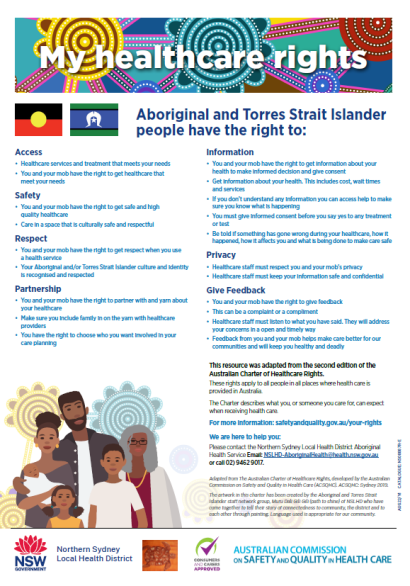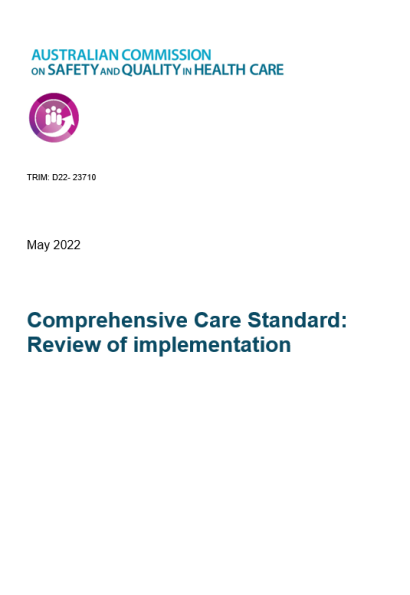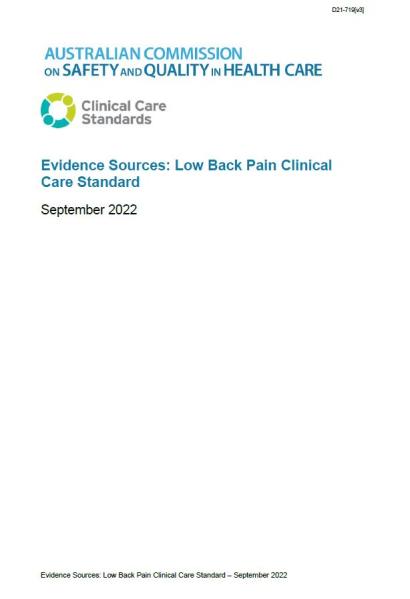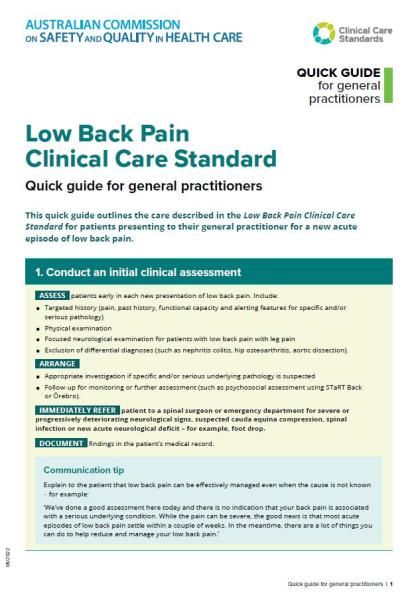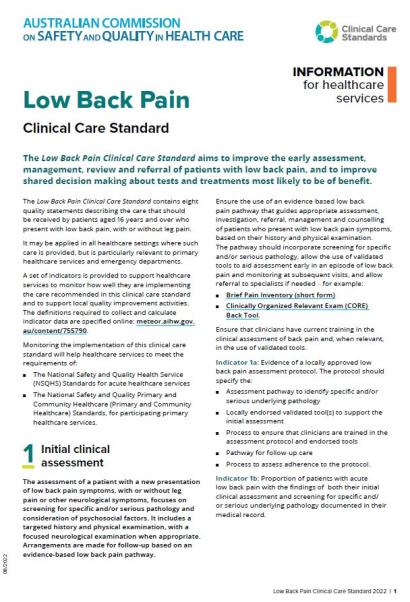This issue includes items on the forthcoming Low Back Pain Clinical Care Standard, implications of the COVID-19 pandemic for patient safety, diagnostic safety, spinal cord stimulators, COVID-19 and more.
Also covered are the latest issues of the Journal of Patient Safety and Pediatric Quality & Safety along with the latest from the UK’s NICE and the USA’s AHRQ.

